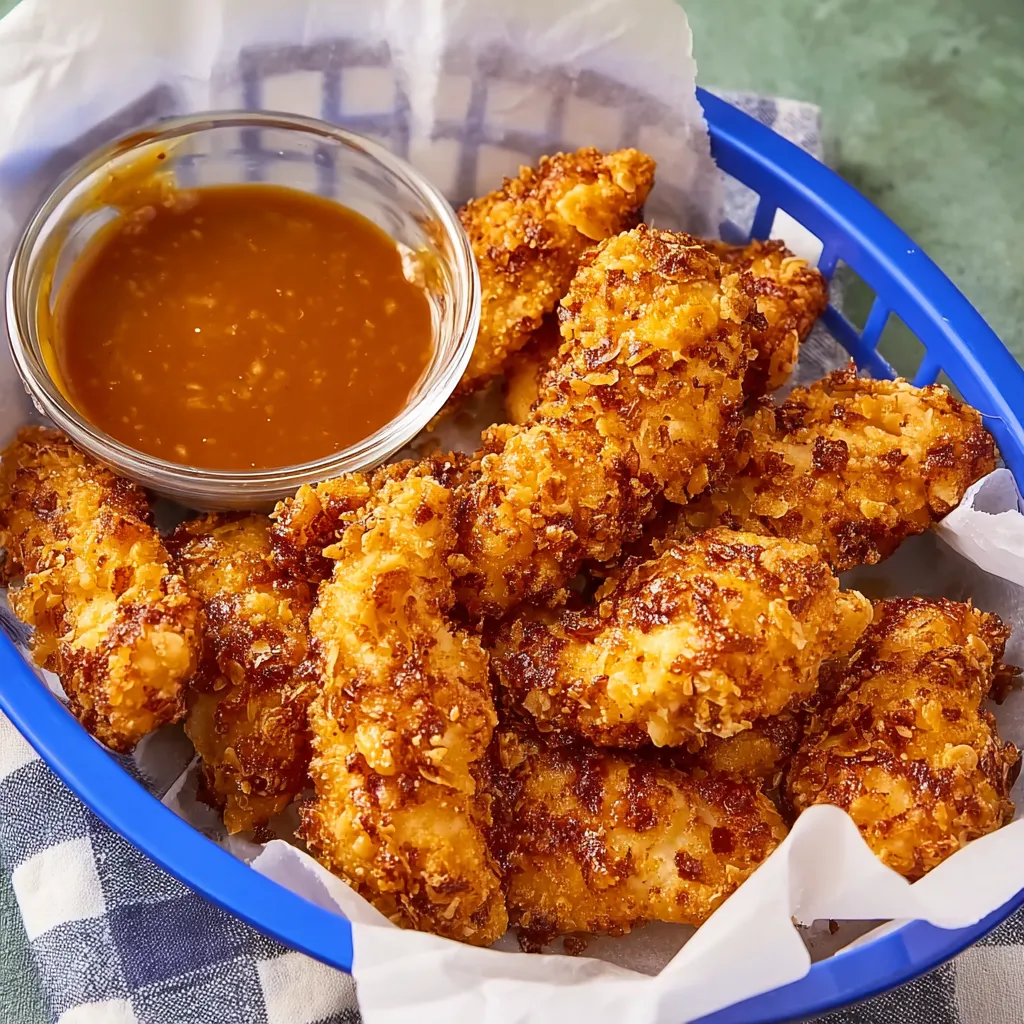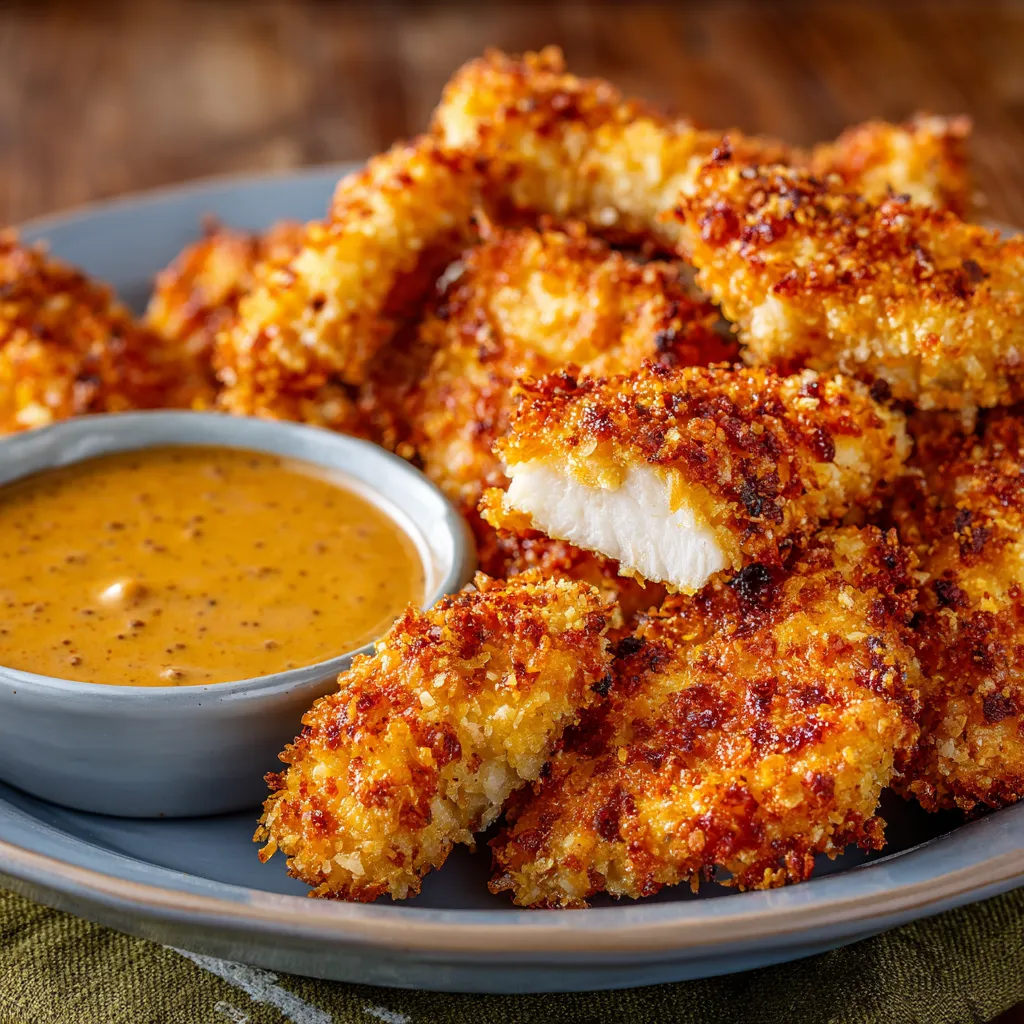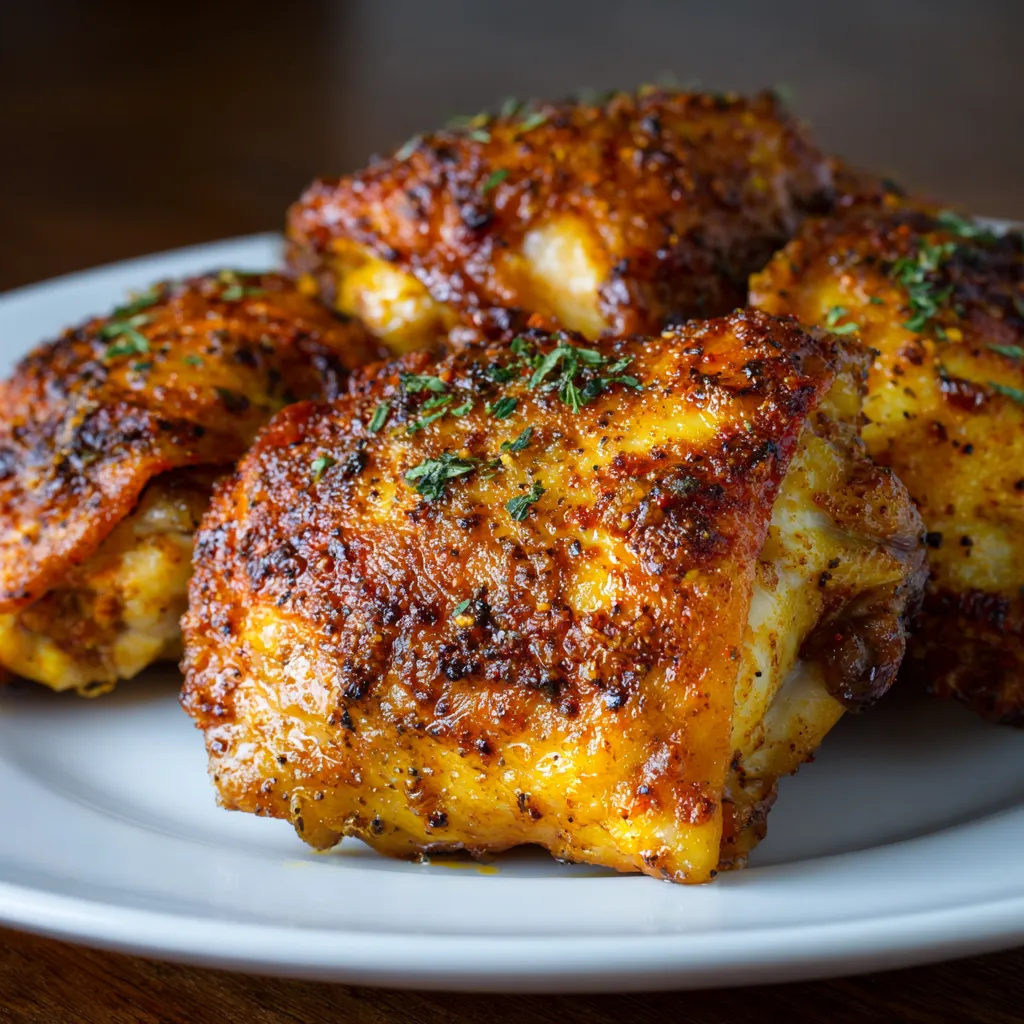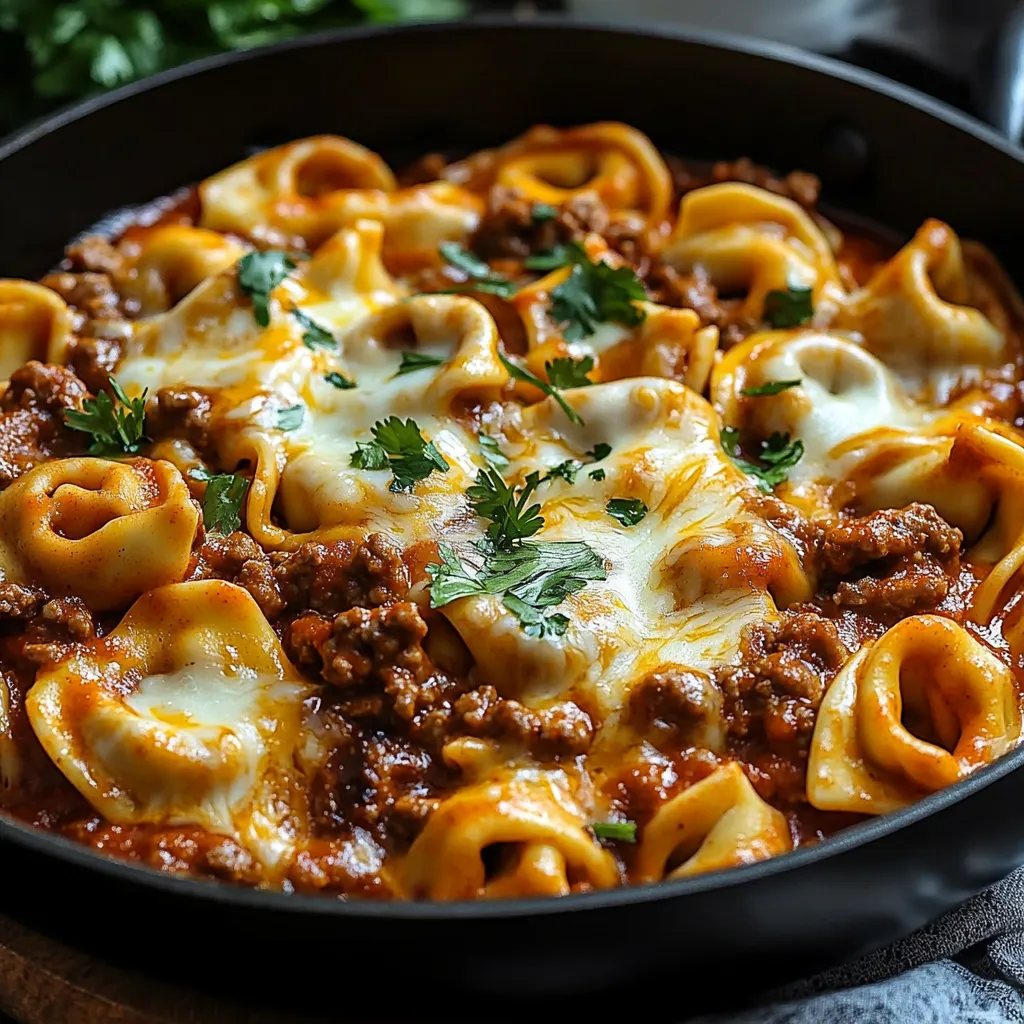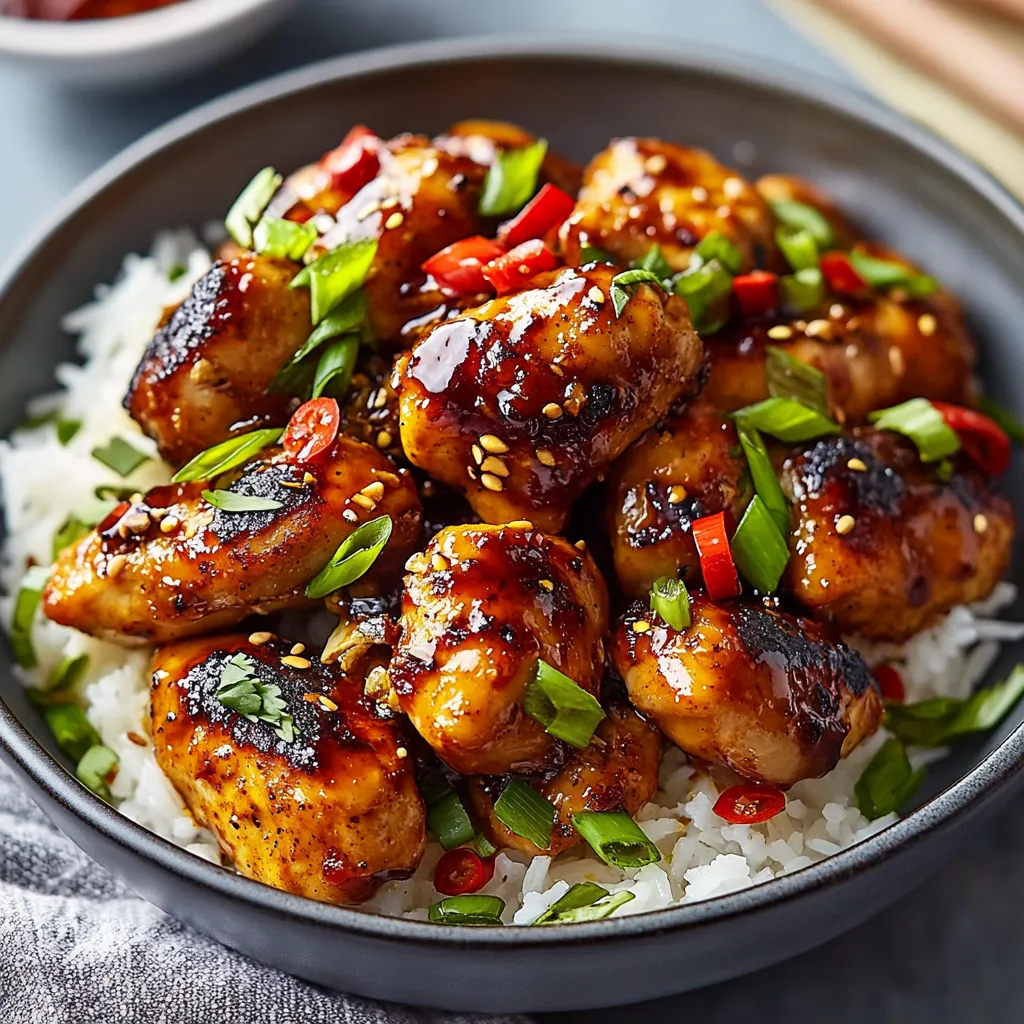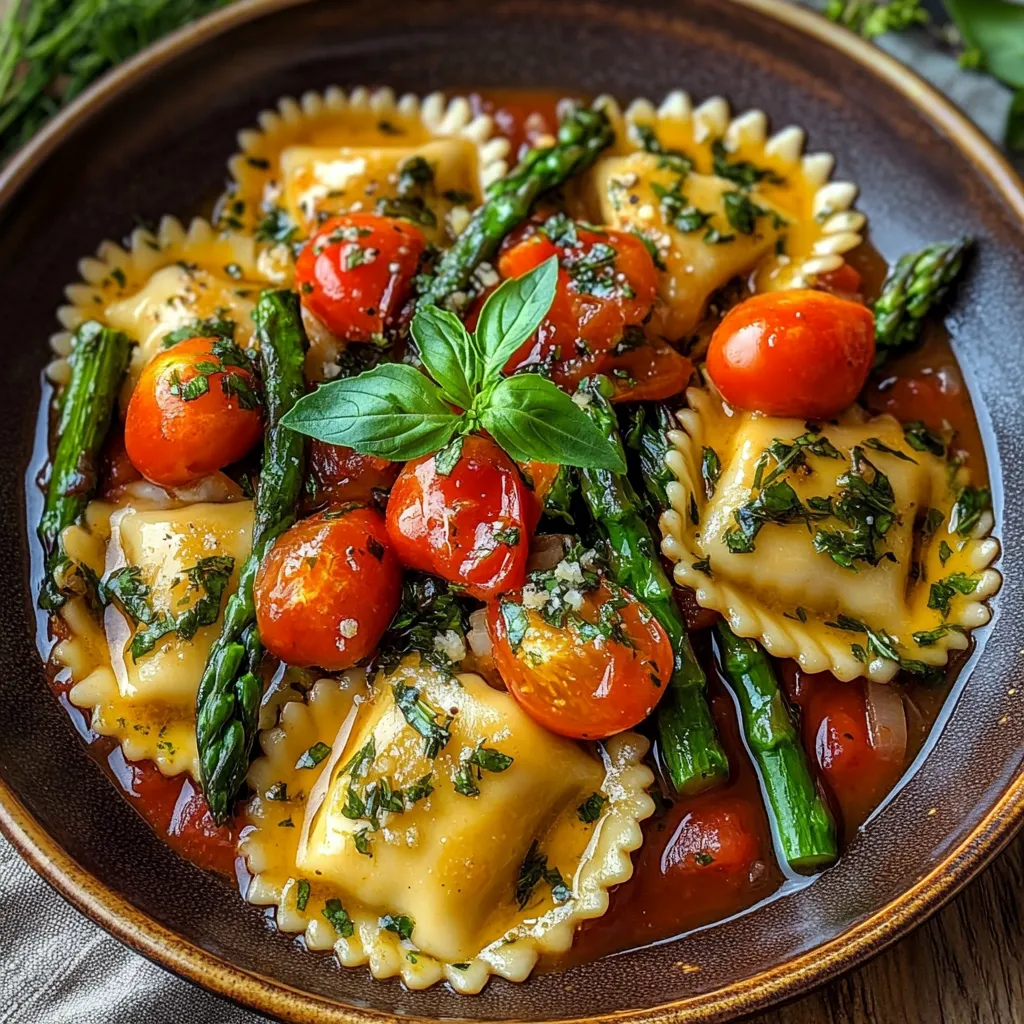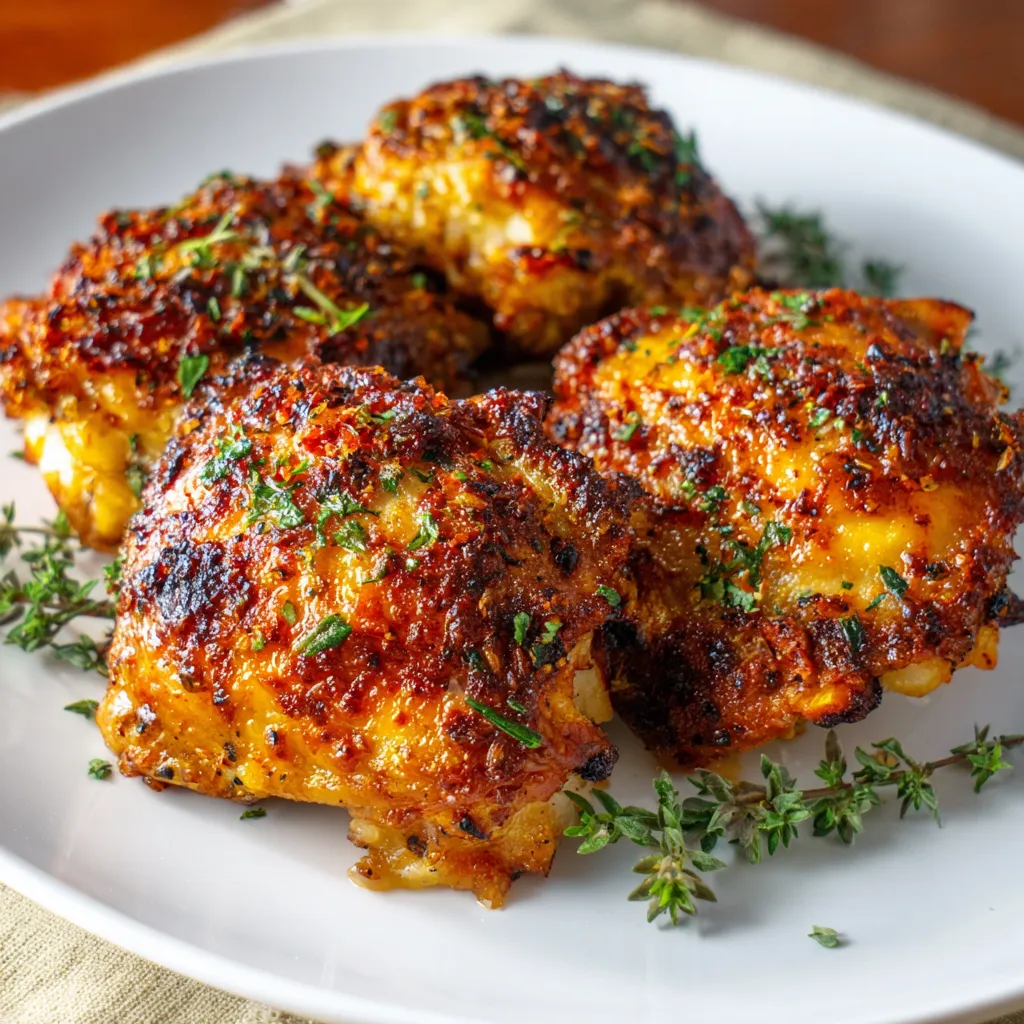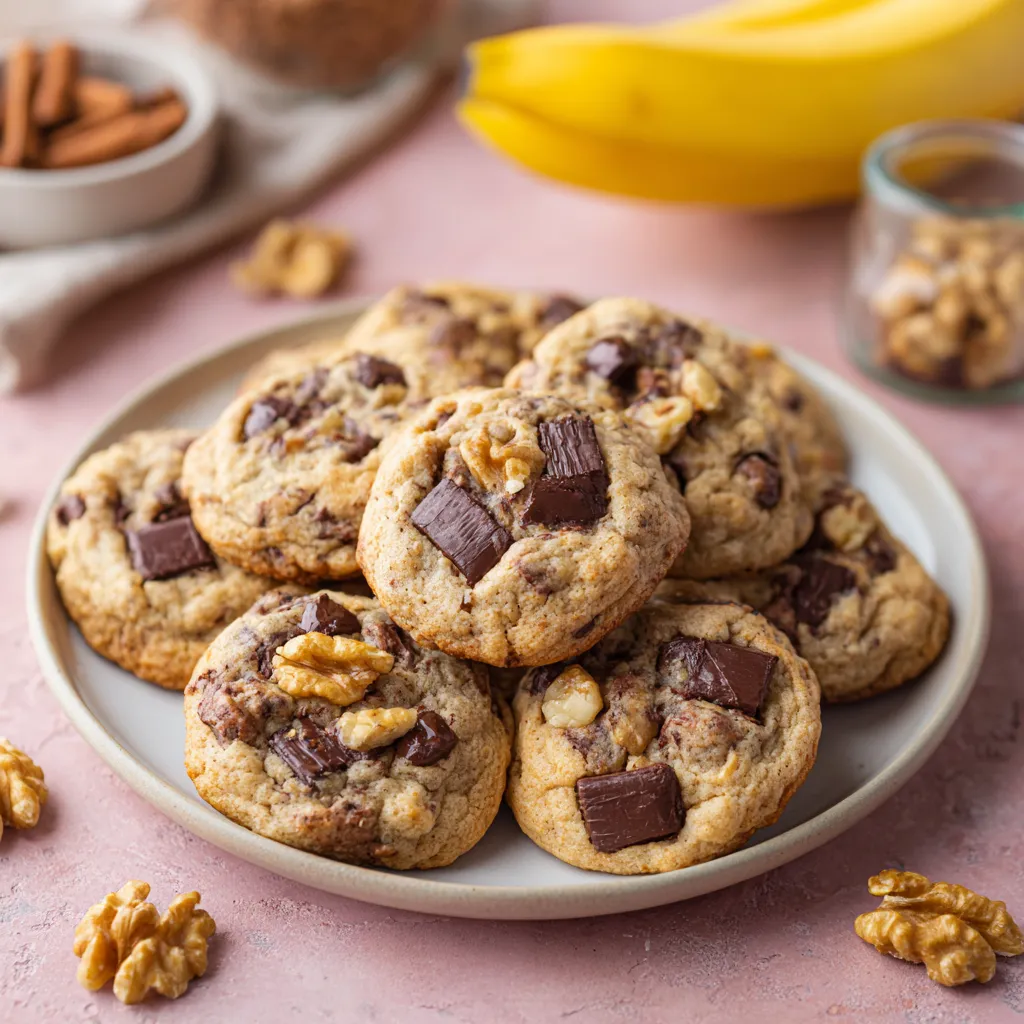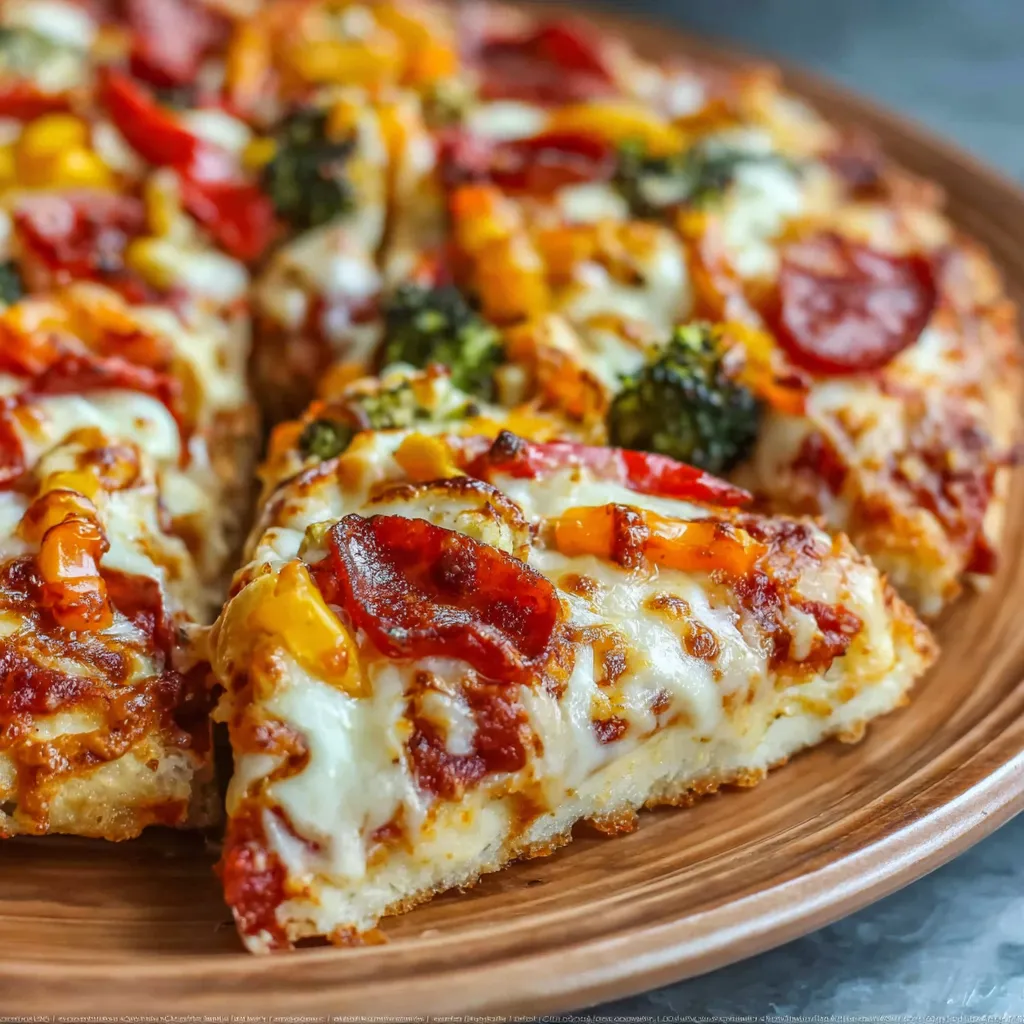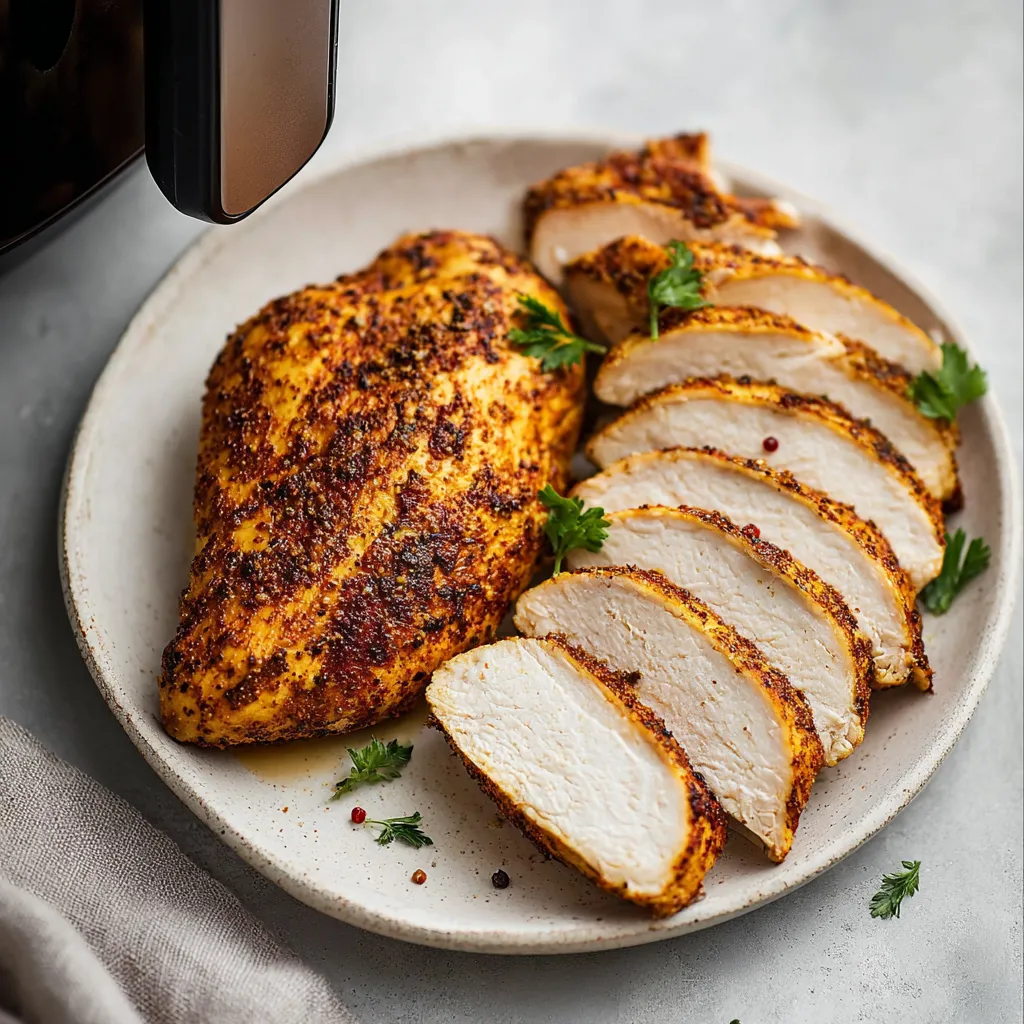Master the art of copycat recipes with our comprehensive guide. Learn to recreate Olive Garden, Cheesecake Factory, and more restaurant favorites at home. Save money and impress your family!
Are you tired of spending a fortune on takeout from your favorite restaurants? Do you find yourself craving that perfect Olive Garden breadstick or Cheesecake Factory cheesecake but don’t want to leave the house? Welcome to the wonderful world of copycat recipes – your gateway to recreating beloved restaurant dishes in your own kitchen.
These restaurant recreations have revolutionized home cooking by allowing food enthusiasts to decode the “secret” ingredients and techniques behind their favorite restaurant meals. Whether you’re looking for easy copycat recipes for a weeknight dinner or want to master complex dishes that usually cost $20+ at restaurants, this comprehensive guide will transform you into a home chef capable of recreating any restaurant favorite.
Table of Contents
Why You’ll Love Making Restaurant-Style Dishes at Home
Making homemade versions of restaurant favorites offers incredible benefits that go far beyond just saving money. Here’s why home cooks everywhere are embracing this culinary trend:
• Save up to 70% on dining costs – A typical restaurant meal costs $15-30 per person, while homemade versions often cost $3-8 per serving • Control ingredients and portions – Make healthier versions by reducing sodium, using organic ingredients, or accommodating dietary restrictions • Master professional cooking techniques – Learn the secrets behind restaurant-quality flavors and presentations • Impress family and friends – Serve “restaurant-quality” meals that will have everyone asking for your secret • Perfect for meal prep – Make large batches of your favorite dishes and enjoy them throughout the week • Customize to your taste – Adjust spice levels, swap ingredients, and make each recipe uniquely yours • Available 24/7 – No more worrying about restaurant hours or delivery fees
The beauty of these budget-friendly restaurant recreations lies in their accessibility. Most restaurant dishes use common ingredients that are readily available at your local grocery store, often costing a fraction of what you’d pay for the original dish.
Essential Ingredients for Restaurant-Style Cooking
Building a well-stocked pantry is crucial for successful restaurant recreations. Professional kitchens rely on specific ingredients that create those distinctive flavors we associate with restaurant food. Here are the must-have ingredients for your home cooking arsenal:
Base Seasonings & Spices:
- Garlic powder and onion powder (not garlic salt)
- Paprika (both regular and smoked varieties)
- Italian seasoning blend
- Seasoned salt
- Black pepper and white pepper
- Cayenne pepper for heat
- Dried herbs: oregano, basil, thyme, rosemary
Flavor Enhancers:
- Worcestershire sauce
- Soy sauce (both regular and low-sodium)
- Hot sauce varieties (Tabasco, Sriracha, Frank’s RedHot)
- Liquid smoke for that BBQ flavor
- Vanilla extract (pure, not imitation)
- Lemon juice and lime juice
Pantry Staples:
- All-purpose flour and cornstarch for thickening
- Panko breadcrumbs for extra crunch
- Various oils: vegetable, canola, and olive oil
- Butter (both salted and unsalted)
- Heavy cream and whole milk
- Eggs for binding and richness
Secret Ingredients: Many restaurant recreations rely on unexpected ingredients that create signature flavors. For instance, mayonnaise is often the secret to incredibly moist cakes, while a touch of sugar balances acidity in tomato-based sauces.
How to Master Restaurant Recreation – Step by Step
Creating successful restaurant-style dishes requires more than just following instructions. Here’s your comprehensive guide to becoming a home cooking expert:
Step 1: Research and Analyze
Before attempting any recipe, study the original dish carefully. What are the dominant flavors? What’s the texture like? How is it typically served? This analysis helps you understand what you’re trying to achieve.
Step 2: Start with Simple Recipes
Begin with easy restaurant recreations like Taco Bell’s Crunchwrap Supreme or Panera’s mac and cheese. These dishes have fewer components and are more forgiving for beginners.
Step 3: Taste and Adjust
The key to perfect restaurant-style cooking is constant tasting and adjustment. Professional chefs taste their food throughout the cooking process, and you should too. Don’t be afraid to add more salt, acid, or spices to match your memory of the original dish.
Step 4: Master the Techniques
Restaurant cooking often involves specific techniques that create distinctive textures and flavors. For example, many chain restaurants use high-heat cooking methods that create caramelization, while others rely on slow-cooking techniques for tender meats.
Step 5: Document Your Success
Keep detailed notes about what works and what doesn’t. This documentation becomes your personal cookbook of perfected restaurant recreations.
Popular Restaurant Recreations by Brand
Olive Garden Copycat Recipes
Olive Garden’s Italian-American cuisine has inspired countless home cooks to recreate their favorites. The most sought-after restaurant recreations include:
Breadsticks: The secret lies in the garlic butter topping and the specific flour blend that creates that perfect chewy-yet-soft texture. Many successful recreations use a combination of all-purpose flour and bread flour, plus a touch of sugar for that slightly sweet finish.
Alfredo Sauce: Unlike many restaurant versions, Olive Garden’s alfredo is surprisingly simple – butter, heavy cream, and Parmesan cheese. The key is using freshly grated Parmesan and controlling the heat to prevent breaking.
Chicken Parmigiana: This classic requires perfectly seasoned breadcrumbs, proper oil temperature for frying, and high-quality marinara sauce. The secret is double-breading the chicken for extra crunch.
Cheesecake Factory Copycat Recipes
The Cheesecake Factory’s massive menu offers endless inspiration for restaurant recreations:
Original Cheesecake: The signature smooth, dense texture comes from using room-temperature ingredients, proper mixing technique, and a water bath during baking. The graham cracker crust uses a specific ratio of crumbs to butter.
Chicken Madeira: This popular entrée combines perfectly seared chicken with mushrooms in a rich Madeira wine sauce. The secret is reducing the wine properly to concentrate the flavors.
Taco Bell Copycat Recipes
Taco Bell-inspired dishes are among the most popular due to their simplicity and bold flavors:
Seasoned Ground Beef: The distinctive flavor comes from a specific blend of chili powder, cumin, onion powder, and paprika, plus the addition of cornstarch and water to create that characteristic texture.
Quesadilla Sauce: This creamy, tangy sauce combines mayonnaise, jalapeño juice, cumin, and paprika for that perfect Taco Bell flavor.
Panda Express Copycat Recipes
Panda Express-inspired dishes bring Chinese-American favorites to your kitchen:
Orange Chicken: The key is the batter (cornstarch and egg create the crispy coating) and the sauce (fresh orange juice, soy sauce, and rice vinegar balanced with brown sugar).
Fried Rice: The secret to restaurant-style fried rice is using day-old rice and high heat. The eggs are scrambled separately and folded in at the end.
Crumbl Copycat Recipes
Crumbl-inspired cookie recipes have exploded in popularity as home bakers attempt to recreate these gourmet cookies:
Chocolate Chip Cookie: The signature thick, soft texture comes from using melted butter (not creamed), brown sugar for moisture, and slightly underbaking the cookies.
Pink Sugar Cookie: The distinctive flavor comes from almond extract in addition to vanilla, and the frosting uses a specific ratio of butter to powdered sugar.
Sweetgreen Copycat Recipes
Sweetgreen-inspired dishes cater to health-conscious diners looking to recreate these fresh, nutritious bowls:
Harvest Bowl: The key is properly roasting the vegetables to achieve caramelization while maintaining texture, and balancing the dressing’s acidity with sweetness.

Pro Tips for Making the Best Restaurant-Style Dishes
Creating restaurant-quality dishes at home requires understanding the techniques and tricks that professional kitchens use. Here are insider secrets that will elevate your home cooking:
Temperature Control is Everything Professional kitchens maintain precise temperatures that home cooks often overlook. Use a thermometer for oil when frying, and understand that most restaurant cooking happens at higher temperatures than typical home cooking.
Salt Throughout the Process Restaurants don’t just season at the end – they build flavor layers by salting each component during cooking. This technique, called “seasoning as you go,” creates deeper, more complex flavors.
The Power of Umami Many restaurant favorites rely on umami-rich ingredients like mushrooms, tomato paste, soy sauce, or Worcestershire sauce to create that “can’t-put-your-finger-on-it” delicious flavor.
Proper Mise en Place Professional kitchens prep everything before cooking begins. This organization ensures consistent results and prevents overcooking while you’re scrambling to prepare ingredients.
Quality Ingredients Matter While budget-friendly restaurant recreations can save money overall, don’t skimp on key ingredients. Real vanilla, fresh herbs, and high-quality proteins make a noticeable difference in the final dish.
Resting and Timing Many restaurant dishes benefit from resting time – cookies need to cool to achieve proper texture, soups taste better the next day, and marinated meats develop deeper flavors over time.
Best Ways to Serve Your Restaurant-Style Dishes
Presentation plays a crucial role in recreating the restaurant experience at home. Here’s how to serve your homemade restaurant recreations for maximum impact:
Plating Techniques Study how restaurants present their dishes. Use white plates to make colors pop, create height with your plating, and pay attention to sauce placement and garnish positioning.
Temperature Service Serve hot foods on warmed plates and cold foods on chilled plates. This simple technique maintains optimal serving temperatures and enhances the dining experience.
Appropriate Portions Restaurant portions are carefully calculated. Don’t overfill plates – sometimes less is more when it comes to elegant presentation.
Complementary Sides Research what restaurants serve alongside their signature dishes. The right side dishes and accompaniments complete the experience and often use similar flavor profiles.
Beverage Pairings Consider what beverages restaurants recommend with specific dishes. This attention to detail elevates your homemade meal to restaurant status.
Nutritional Information for Restaurant Recreations
Understanding the nutritional content of your homemade restaurant dishes helps you make informed decisions about ingredients and portions:
Calorie Considerations Restaurant dishes often contain 500-1,500 calories per serving, primarily from added fats, sugars, and larger portions. Homemade versions allow you to control these factors.
Sodium Awareness Restaurant food typically contains 2-3 times more sodium than homemade equivalents. Gradually reduce salt in your restaurant recreations to adjust your palate to lower sodium levels.
Hidden Ingredients Many restaurant dishes contain unexpected ingredients like butter in vegetables, sugar in sauces, or extra oil in “grilled” items. Making dishes at home reveals these hidden calories.
Customization Opportunities Restaurant recreations can be modified to meet dietary restrictions:
- Gluten-free: Substitute regular flour with almond flour or gluten-free blends
- Dairy-free: Use coconut milk instead of heavy cream
- Lower-carb: Replace pasta with zucchini noodles or cauliflower rice
- Reduced-fat: Use Greek yogurt instead of sour cream or mayonnaise
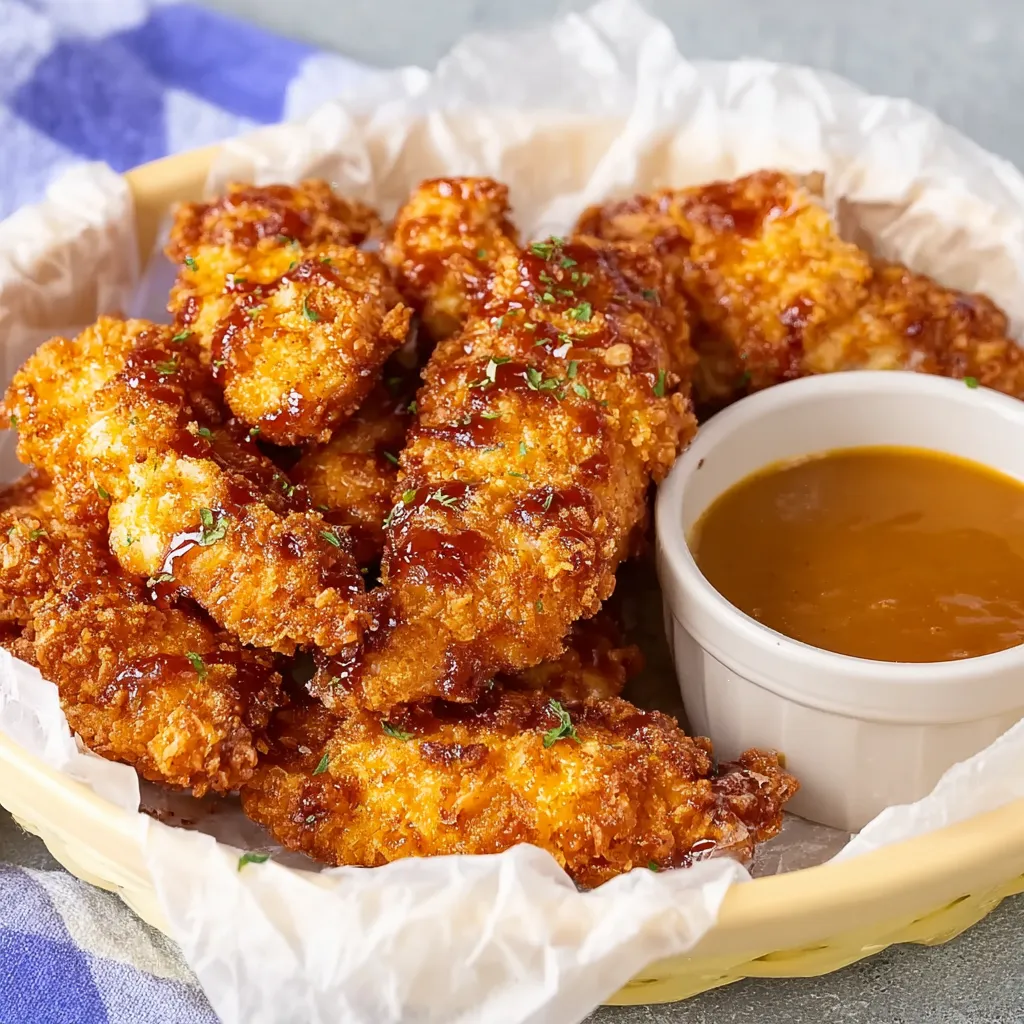
Storage & Leftovers for Restaurant Recreations
Proper storage ensures your homemade restaurant dishes maintain their quality and safety:
Refrigeration Guidelines Most cooked restaurant recreations last 3-4 days in the refrigerator when stored in airtight containers. Cool foods completely before refrigerating to prevent bacterial growth.
Freezing Tips Many restaurant-style dishes freeze well:
- Soups and stews: Up to 3 months
- Cooked proteins: Up to 2 months
- Baked goods: Up to 3 months (wrap individually)
- Sauces: Up to 6 months in ice cube trays
Reheating Methods Different dishes require different reheating approaches:
- Oven reheating preserves texture for baked items
- Stovetop reheating works best for sauces and soups
- Microwave reheating is convenient but may affect texture
Meal Prep Strategies Restaurant recreations excel at meal prep. Cook large batches on weekends and portion into individual containers for easy weekday meals.
Frequently Asked Questions About Restaurant Recreations
Can I freeze copycat recipes? Yes, most restaurant recreations freeze well. Soups, stews, and casseroles are particularly freezer-friendly. However, avoid freezing dishes with mayonnaise-based sauces or fresh vegetables, as these don’t maintain their texture after thawing. Label containers with contents and date, and use within 3 months for best quality.
What can I substitute for expensive ingredients in copycat recipes? Many budget-friendly restaurant recreations use smart substitutions without sacrificing flavor. Replace expensive proteins with ground turkey instead of ground beef, use Greek yogurt instead of sour cream, or substitute vegetable broth for chicken broth in vegetarian dishes. The key is maintaining similar flavors and textures.
How do I know if my copycat recipe tastes authentic? The best way to judge authenticity is through careful tasting and comparison. If possible, order the original dish and your homemade version side-by-side. Pay attention to seasoning levels, texture, and overall flavor balance. Many successful restaurant recreations are refined through multiple attempts and adjustments.
Are copycat recipes legal to share and sell? Restaurant recreations are legal to make and share for personal use. However, restaurants cannot copyright recipes, only their names and branding. You can recreate and share the recipe but cannot use trademarked names for commercial purposes. Focus on describing the dish rather than using specific restaurant names when sharing publicly.
Related Recipes for Restaurant Recreations
If you’re passionate about copycat recipes, you’ll love exploring these related cooking adventures:
International Fast Food Favorites Expand your repertoire with McDonald’s Big Mac sauce, KFC’s secret herbs and spices blend, or In-N-Out’s animal-style burger sauce. These restaurant recreations offer insight into global fast-food flavor profiles.
Upscale Restaurant Recreations Challenge yourself with fine dining recreations like Ruth’s Chris steak seasoning, Capital Grille’s lobster mac and cheese, or Morton’s chocolate soufflé. These recipes often involve more advanced techniques but deliver restaurant-quality results.
Regional Chain Specialties Explore regional restaurant recreations like Whataburger’s honey butter chicken biscuit, Culver’s butter burger, or Bojangles’ seasoned fries. These dishes offer unique flavor profiles that represent different American food cultures.
Seasonal Restaurant Specials Many restaurants offer seasonal menus that inspire home cooking recreations. Pumpkin spice lattes, summer fruit salads, or holiday-themed desserts provide opportunities to recreate limited-time offerings year-round.
Healthy Restaurant Alternatives Create lighter versions of popular dishes with recreations from health-focused chains like Chipotle’s cilantro-lime rice, Sweetgreen’s tahini dressing, or Freshii’s energii bites.angles’ seasoned fries. These dishes offer unique flavor profiles that represent different American food cultures.
Seasonal Restaurant Specials Many restaurants offer seasonal menus that inspire copycat recipes. Pumpkin spice lattes, summer fruit salads, or holiday-themed desserts provide opportunities to recreate limited-time offerings year-round.
Healthy Restaurant Alternatives Create lighter versions of popular dishes with copycat recipes from health-focused chains like Chipotle’s cilantro-lime rice, Sweetgreen’s tahini dressing, or Freshii’s energii bites.
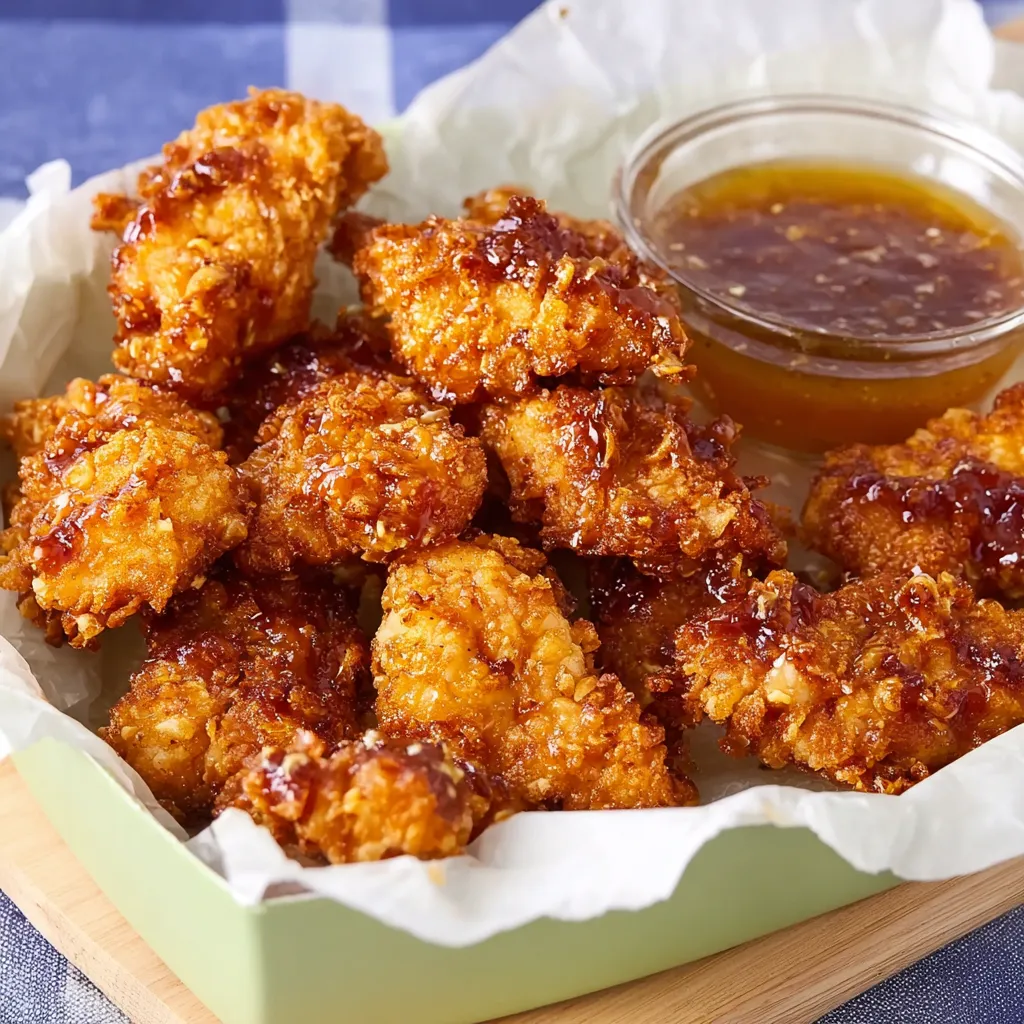
Advanced Techniques for Copycat Recipes
Mastering copycat recipes often requires understanding professional cooking techniques that aren’t typically used in home kitchens:
Emulsification Techniques Many restaurant sauces rely on proper emulsification – the process of combining oil and water-based ingredients. Understanding how to create stable emulsions elevates your copycat recipes from good to restaurant-quality.
Flavor Layering Professional chefs build flavors in layers throughout the cooking process. This might involve toasting spices, deglazing pans, or adding ingredients at specific times to maximize their impact.
Temperature Control Mastery Restaurant kitchens operate at much higher temperatures than most home cooks use. Learning to manage high heat safely and effectively is crucial for authentic copycat recipes.
Timing and Coordination Restaurant dishes often involve multiple components that must be ready simultaneously. Developing these timing skills ensures all elements of your copycat recipes come together perfectly.
The Science Behind Copycat Recipes
Understanding the food science behind restaurant cooking helps you create more successful copycat recipes:
Maillard Reaction This chemical reaction between amino acids and reducing sugars creates the brown color and complex flavors in grilled, roasted, and fried foods. Controlling this reaction is key to restaurant-style flavors.
Protein Denaturation Understanding how proteins change during cooking helps you achieve the perfect texture in meat dishes. This knowledge is essential for copycat recipes involving specific cooking methods.
Starch Gelatinization Many copycat recipes involve sauces and gravies that rely on starch for thickening. Understanding how different starches behave helps you recreate restaurant-style consistency.
Fat and Flavor Restaurants often use more fat than home cooks realize. Understanding how fats carry flavors and create mouthfeel helps you balance health considerations with authentic taste in your copycat recipes.
Building Your Copycat Recipes Collection
Creating a comprehensive collection of copycat recipes requires organization and systematic approach:
Documentation System Keep detailed records of your experiments, including what worked, what didn’t, and modifications you made. This becomes your personal cookbook of perfected recipes.
Ingredient Sourcing Build relationships with suppliers who can provide restaurant-quality ingredients. This might include specialty spice blends, specific brands of products, or fresh ingredients not commonly found in supermarkets.
Equipment Investment Some copycat recipes require specific equipment. While you don’t need a commercial kitchen, certain tools like high-powered blenders, cast iron pans, or digital scales can significantly improve your results.
Continuous Learning The world of copycat recipes is constantly evolving as restaurants change their menus and new establishments emerge. Stay current with food trends and new restaurant concepts to expand your repertoire.
Conclusion
Mastering copycat recipes opens up a world of culinary possibilities that can transform your home cooking experience. From easy copycat recipes that recreate fast-food favorites to complex dishes that rival fine dining establishments, these recipes offer the perfect combination of familiarity and creativity.
The journey of perfecting copycat recipes teaches valuable cooking skills, saves money, and provides endless entertainment for food enthusiasts. Whether you’re recreating Olive Garden copycat recipes for a family dinner or experimenting with Sweetgreen copycat recipes for healthy meal prep, each successful dish builds your confidence and culinary repertoire.
Remember that the best copycat recipes aren’t just about exact replication – they’re about understanding flavors, techniques, and the joy of creating restaurant-quality meals in your own kitchen. Start with simple recipes, build your skills gradually, and don’t be afraid to make each dish your own.
Now you have the complete guide to creating amazing copycat recipes at home! Which restaurant dish will you tackle first? Share your successes and discoveries with fellow food enthusiasts, and remember that every great chef started with a single recipe. Happy cooking!
Recipe Rating: ⭐⭐⭐⭐⭐ (5/5 stars) Prep Time: Varies by recipe Total Time: Varies by recipe
Servings: Varies by recipe Difficulty: Beginner to AdvancedHave you tried making any of these copycat recipes? Share your results in the comments below and let us know which restaurant dish you’d like to see recreated next!
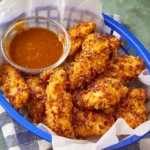
Ultimate Copycat Recipes – Restaurant Favorites
- Total Time: 45
- Yield: 4-6
Description
Master the art of copycat recipes with this comprehensive guide to recreating your favorite restaurant dishes at home. Learn professional techniques to make Olive Garden breadsticks, Cheesecake Factory desserts, Taco Bell favorites, and more for a fraction of the cost.
Ingredients
- Base Seasonings: Garlic powder, onion powder, paprika, Italian seasoning, seasoned salt, black pepper, cayenne pepper
- Flavor Enhancers: Worcestershire sauce, soy sauce, hot sauce varieties, liquid smoke, vanilla extract, lemon juice
- Pantry Staples: All-purpose flour, cornstarch, panko breadcrumbs, various oils, butter, heavy cream, eggs
- Secret Ingredients: Mayonnaise for moisture, sugar for balance, umami-rich ingredients
Instructions
- Research and Analyze: Study the original dish carefully – flavors, texture, and presentation
- Start Simple: Begin with easy restaurant recreations like Taco Bell Crunchwrap or Panera mac and cheese
- Taste and Adjust: Constantly taste throughout cooking and adjust seasonings to match the original
- Master Techniques: Learn restaurant-specific cooking methods like high-heat searing and proper emulsification
- Document Success: Keep detailed notes of what works to build your personal cookbook
- Temperature Control: Use thermometers and understand restaurant cooking happens at higher temperatures
- Season Throughout: Build flavor layers by salting each component during cooking
- Quality Ingredients: Don’t skimp on key ingredients like real vanilla and fresh herbs
Notes
Pro Tips: Restaurant dishes often contain 2-3x more sodium than homemade versions. Start with less salt and gradually adjust to your taste. Many copycat recipes can be made healthier by using Greek yogurt instead of sour cream, or substituting vegetables for pasta. Store leftovers properly – most restaurant recreations last 3-4 days refrigerated or up to 3 months frozen.
- Prep Time: 15
- Cook Time: 30
- Category: Main Dish
- Method: Various
- Cuisine: American
Nutrition
- Serving Size: 1
- Calories: 350
- Sugar: 8g
- Sodium: 850mg
- Fat: 18g
- Saturated Fat: 8g
- Unsaturated Fat: 10g
- Trans Fat: 0g
- Carbohydrates: 32g
- Fiber: 3g
- Protein: 18g
- Cholesterol: 45mg
Keywords: copycat recipes, restaurant recipes, Olive Garden copycat, Cheesecake Factory copycat, Taco Bell copycat, easy copycat recipes, homemade restaurant food, cheap copycat recipes, secret recipes
